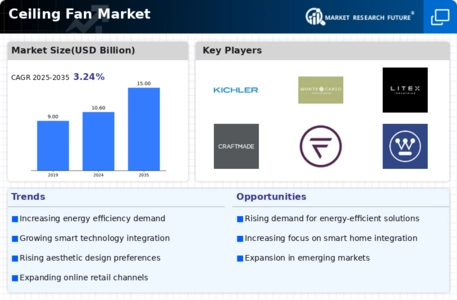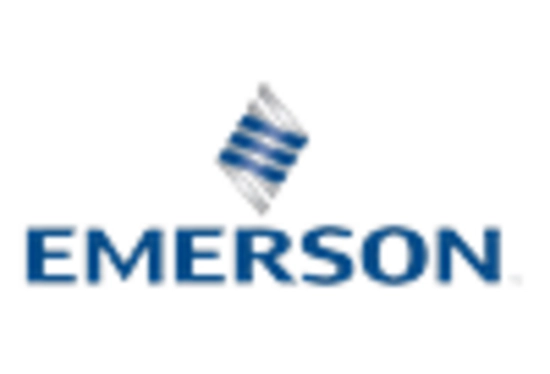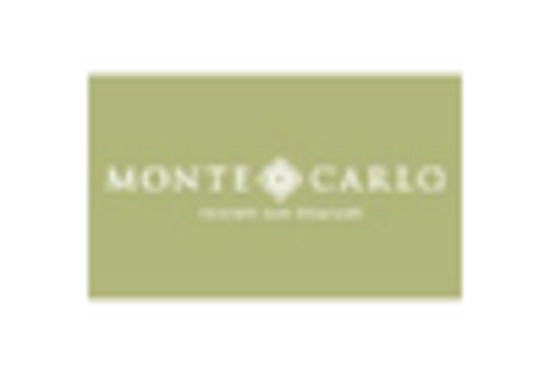Market Trends
Key Emerging Trends in the Ceiling Fan Market
Market share positioning strategies are pivotal for businesses in the ceiling fan market, where competition is fierce and consumer preferences continually evolve. These strategies are deployed to carve out a distinctive niche within the market, enabling companies to capture a significant portion of market share. In the realm of ceiling fans, various effective positioning strategies are commonly employed to gain a competitive edge and attract customers.
One primary positioning strategy in the ceiling fan market is differentiation. This approach involves offering fans with unique features, designs, and functionalities that set them apart from competitors. For instance, companies may develop ceiling fans with innovative blade designs for improved airflow efficiency, advanced motor technology for quieter operation, or integrated smart home capabilities for remote control and automation. By emphasizing these distinct features, companies position their ceiling fans as superior options, appealing to consumers who prioritize performance, energy efficiency, and convenience.
Targeting specific market segments is another key positioning strategy in the ceiling fan market. Instead of appealing to a broad audience, companies may focus their efforts on niche segments with specialized needs or preferences. For example, a company might tailor its ceiling fans for outdoor use, incorporating weather-resistant materials and rust-proof finishes to withstand outdoor conditions. Similarly, companies may develop ceiling fans with sleek and modern designs for urban dwellers or traditional styles for classic home aesthetics. By understanding the specific requirements and preferences of different consumer segments, companies can tailor their product offerings and marketing strategies to effectively address those needs.
Pricing strategy plays a crucial role in market share positioning within the ceiling fan market. Companies may position their products as premium offerings, justifying higher price points with features such as superior craftsmanship, innovative technology, and brand reputation. Alternatively, companies may opt for more affordable pricing to appeal to budget-conscious consumers without sacrificing quality or performance. This strategic pricing flexibility allows companies to cater to diverse consumer segments while maintaining their brand positioning within the ceiling fan market.
Branding and marketing efforts are essential components of market share positioning in the ceiling fan market. Companies invest in building strong brands that convey reliability, durability, and style to consumers. Effective branding strategies help companies establish emotional connections with consumers and differentiate themselves from competitors. For instance, ceiling fan brands may leverage advertising campaigns, endorsements from home improvement experts, and social media engagement to communicate their brand values and resonate with their target audience.
Distribution channels and partnerships are critical aspects of market share positioning in the ceiling fan market. Companies must ensure that their products are readily available to consumers through various channels, including home improvement stores, specialty retailers, online platforms, and wholesale distributors. By partnering with distributors, retailers, and e-commerce platforms, companies can expand their reach and access new customer segments. Additionally, strategic partnerships with interior designers, architects, and home builders can create opportunities for brand exposure and product integration, further enhancing the positioning of ceiling fans in the market.

















Leave a Comment